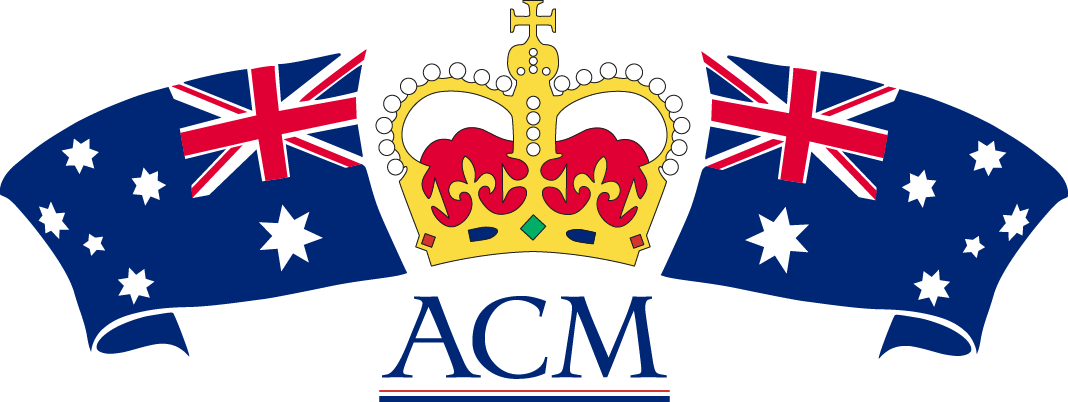The Governor-General is Australia’s Head of State
By The Hon Kenneth Handley AO C StJ QC
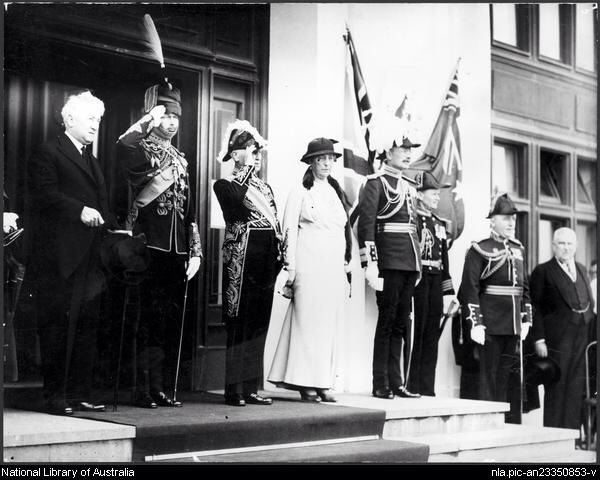
13 July 2022
Some journalists, politicians, academic lawyers, and supporters of an Australian republic continue to claim that it is obvious from reading the Constitution that the Queen, and not the Governor-General, is our Head of State.
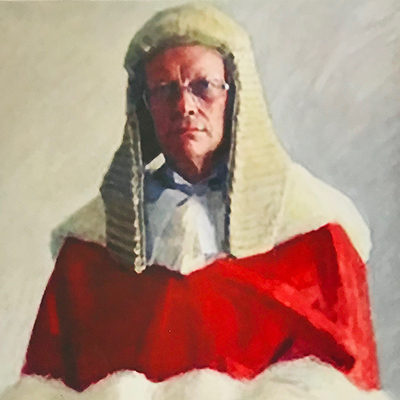
However, the question does not depend on a superficial reading of the Constitution, or on the views of the Queen’s British advisers. It depends on Australian constitutional law, a subject that is not well understood in this country, let alone in the United Kingdom.
The sole function of the sovereign under the Constitution is to appoint and dismiss the Governor-General. All other constitutional functions are exercisable by the Governor-General on his or her authority without any control by the sovereign. The person or body with the power to appoint and dismiss the Governor-General is not thereby identified as our Head of State.
The Keating-Turnbull model submitted to the voters in the 1999 referendum vested this power in the national Parliament, but this would not have made the Parliament our Head of State. The legal position was explained at some length by Sir David Smith, the Official Secretary to successive Governors-General from 1973-90. His 9-page article was published by the country’s premier law journal, the Australian Law Journal, in 2015. He noted that the Constitution placed all relevant constitutional powers, other than the power to appoint and dismiss a Governor-General, in the latter’s hands. The Governor-General exercises these powers, and any statutory powers conferred by Commonwealth legislation, in his or her own right, and not as the representative or surrogate of the sovereign. In fact, the sovereign cannot exercise the constitutional powers of the Governor-General.
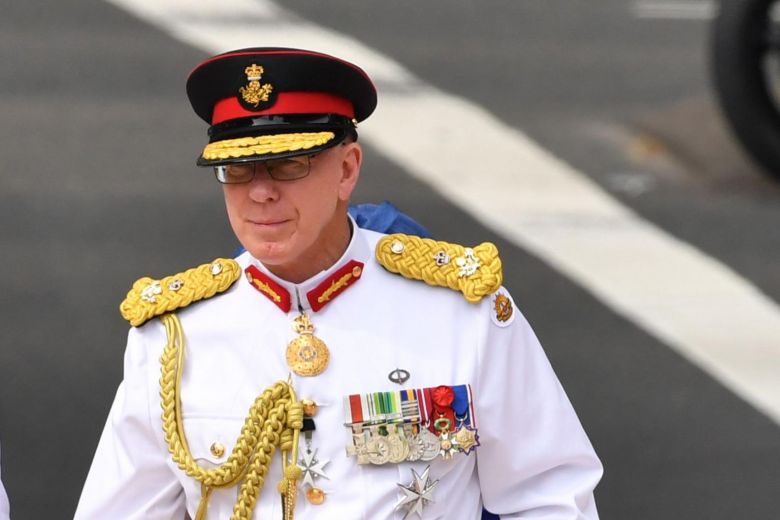
The Constitution does not in terms identify our Head of State. It follows that he or she must be the person who exercises the functions of the Head of State. This is the Governor-General because the only power exercisable by the sovereign is the power to appoint and dismiss a Governor-General.
This is not an idea dreamed up by Australians for Constitutional Monarchy. Early in the history of the Constitution two respected legal scholars Inglis Clark (Australian Constitutional Law 1901) and Harrison Moore (The Constitution of the Commonwealth of Australia 1910) made these points. Inglis Clark pointed out that the office of Governor-General was created by the Constitution, and the holder exercised powers derived from the Constitution. Harrison Moore pointed out that the Governor-General’s powers were placed in his hands by the Constitution and the sovereign could not diminish or enlarge them by prerogative instrument.
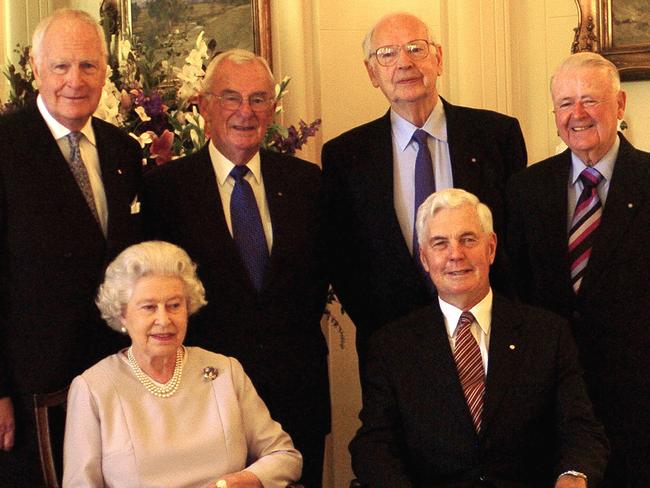
In 1922 during an argument in the Privy Council on the States’ application for special leave to appeal the decision of the High Court in the Engineers Case, Viscount Haldane said that:
‘He (the Governor-General) is the Head of State in whom the executive powers of the Constitution is vested.’
‘
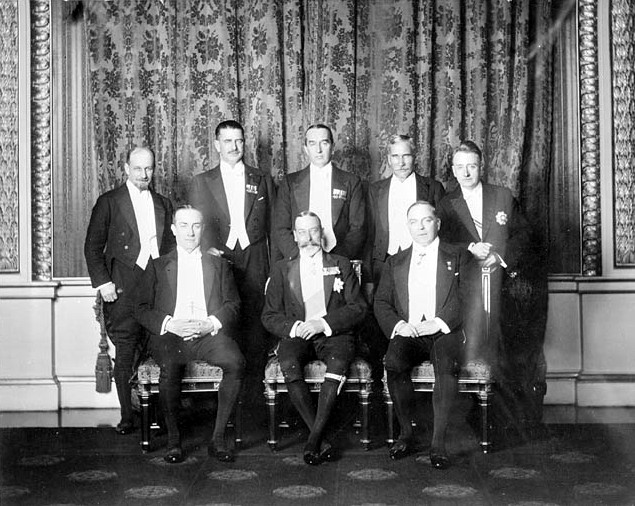
Prior to the first Royal Visit by the Queen in 1954, the then Solicitor-General advised Prime Minister Menzies that when the Queen was in Australia she could not exercise any of the powers conferred on the Governor-General by the Constitution.
The republican model submitted to the voters in the 1999 referendum provided that ‘the powers of the President shall be the same as those currently exercisable by the Governor-General’.
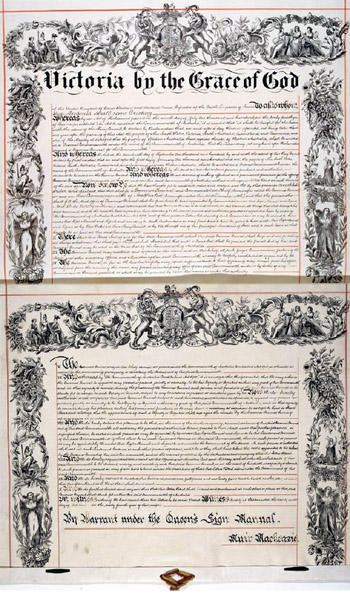
Sir David Smith pointed out that no one has ever explained how a President exercising the functions of the Governor-General would be our Head of State while the Governor-General exercising those functions is not.

David Flint is not alone in thinking that the Governor-General is our Head of State. He is in good company. Apart from those already mentioned Dr Evatt, Sir Maurice Byers, Sir John Kerr, Sir Harry Gibbs (CJ High Court), and Sir Garfield Barwick (CJ High Court) were of the same opinion.
Sir David referred to the unanimous decision of the High Court in R v. The Governor of South Australia (1907) which should settle the question. All five Judges had been involved in the drafting of the Constitution. Barton J, who delivered the judgment of the court, referred to the Governor as ‘the Constitutional Head of the State’ and referred to the Governor-General as ‘the officiating Constitutional Head of the Commonwealth’. The King was described as the sovereign. The High Court treated the decision as authoritative in 1981, 1987, 1988, and 1998.
The Academy does not lack members with republican sympathies, who must have been aware of Sir David’s article. However, no answer has been published in more than seven years.
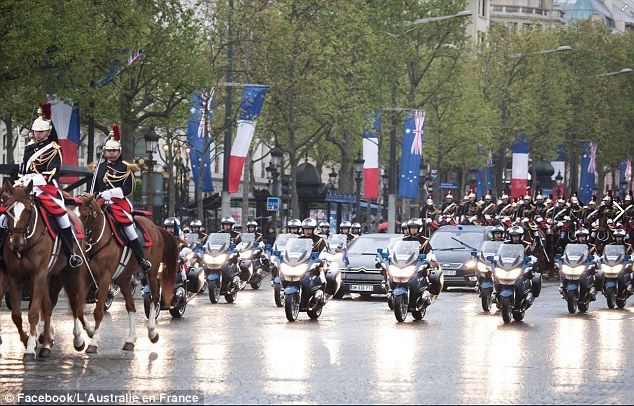
In an attempt to settle this question I wrote to Mark Dreyfus QC MP, the then shadow Attorney-General, on April 29, 2020, enclosing a copy of Sir David’s article. I invited him to arrange for one or more academic lawyers with republican sympathies to publish an article making the case that the Queen and not the Governor-General is our Head of State.
I received an undated reply in which he simply claimed that our constitutional monarchy was no longer appropriate. I replied by email on June 1, 2020 stating, ‘By all means argue that constitutional monarchy is no longer a suitable model for Australia, but in the absence of a reasoned answer to Sir David’s article it would not be appropriate, or indeed honest, for your party to argue that Australia does not already have an Australian Head of State.’
To my knowledge, no reasoned answer has since been published.
This should settle the question.
The Honourable Ken R Handley AO C StJ Queen’s Counsel; Judge of the New South Wales Court of Appeal 1990-2012; formerly Judge of four superior courts in other Commonwealth countries, eminent legal authority; heading from before the referendum what emerged as ACM’s advisory task force of eminent legal authorities both on constitutional and international law as well as experts on viceregal practice. Their opinion has long been unanimous: the Governor-General is Australia’s Head of State.
